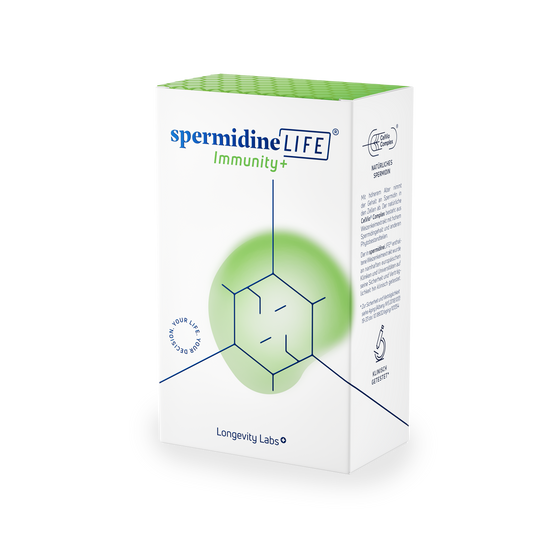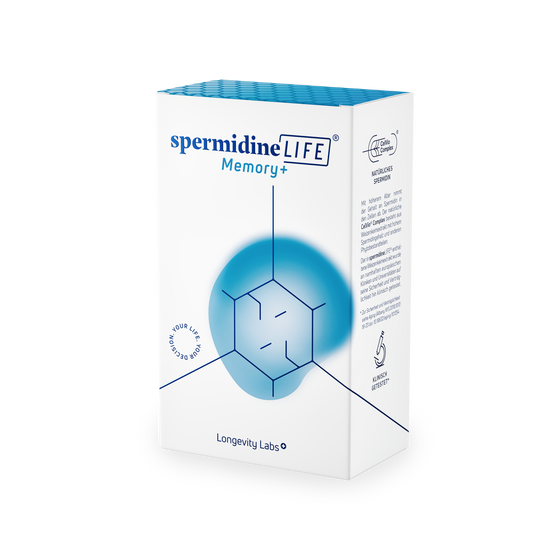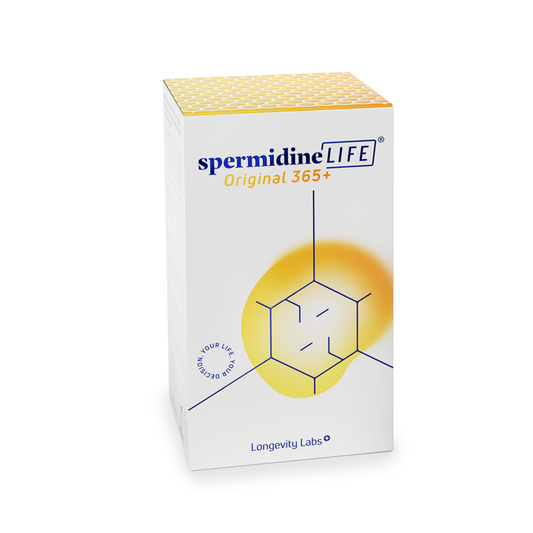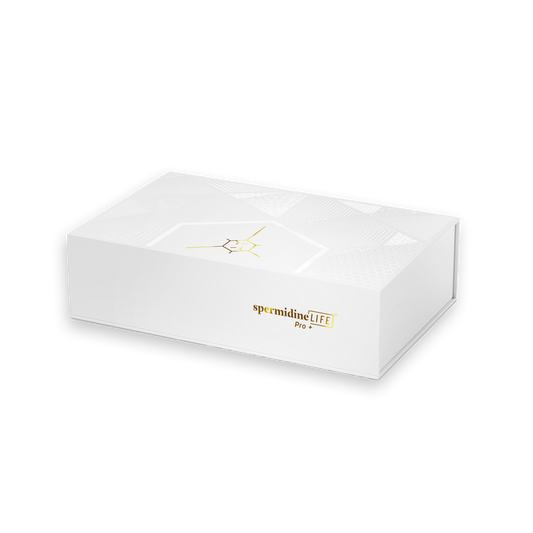
What the heck is "biohacking"?
Biohacking,Memory,Performance, TLL LongevityLabsAt Biohacks, HTML only stands for High-quality tips make you more powerful. This is because they promote performance involving one's own biology. Some of the biohacks are obvious and are often used unconsciously. Others, however, are more unknown, but still not difficult to implement. We'll explain what biohacking is and introduce you to two advanced but straightforward biohacks.
The basic idea of biohacking is simple: what you put your body through has a big impact on how you feel. This, in turn, can be used to improve your own performance. Thus, biohacking is about - taking into account your own biology - improving your mental and physical state through certain measures. It is important that these are easy to implement and that they can be integrated into everyday life and can be integrated into everyday life. Many of the biohacks are even so obvious that you are probably already implementing them without even knowing it.
A typical example is the morning coffee. With a cup of coffee, many fight their fatigue or boost their circulation. Feeding the substance coffee into your own body is thus basically a biohack - because we trick our body with it. It works like this: The caffeine blocks the place of adenosine in the nerve cells. Thus, this messenger substance cannot communicate to our brain that we are tired. In addition, caffeine stimulates other invigorating substances in the body. The knowledge about the function and effect of coffee in the body makes already biohackers out of the usual coffee drinkers.
That concludes the basic knowledge of biohacking. Understood so far? Very well. Then we can go one step further. Here are two biohacks that may change your everyday life forever:
With the right color spectrum, we can put our performance in the best light.
The human being is in his biological day-night rhythm to the rising and setting of the sun. This is because natural light - with a wavelength of 380 to 760 nm - leads to the inhibition of the sleep hormone melatonin in our bodies. Consequently, if our body absorbs light, it inhibits melatonin production and is thus activated.
However, researcher Helen Irlen recognized that people are also influenced by light apart from this activation. She showed that also color spectra in light can have certain effects on people. Bright or fluorescent light in particular can act as a stressor on the brain, making it unable to correctly process the visual information it receives. As a result, our brains have to work harder, productivity suffers, and we tire more quickly.
An extreme effect of this sensitivity to light is described by the condition named after it Irlen syndrome. Affected people cannot read for more than 50 minutes without tiring or having difficulty concentrating while staring at paper or the computer screen. Helen Irlen developed a method - admittedly not without controversy - to restore visual perception to normal: Wearing certain glasses with customized, colored filter lenses is supposed to compensate for light sensitivity and thus reduce visual stress for sufferers. In principle, this works in much the same way as sunglasses on bright summer days: the increased light stimulus is supposed to be dampened to an acceptable level.
Whether her glasses work or not, we can learn a few things from Helen Irlen. For example, that every light has a different effect on us. In addition, the shorter the wavelength of the light, the higher the frequency and thus the energy that the light carries. As we know, our screens and cell phones emit mainly blue light with a wavelength of around 490 nm - which is one of the shorter light waves. On the one hand, blue light thus has more energy than red light, for example, and thus strains our eyes more - just like bright or fluorescent light. On the other hand, blue light is also said to have a strong effect on the suppression of the melatonin-production, as Nicole Eter, director of the University Eye Hospital Münsterknows. However, whether it can also disrupt the day-night rhythm is controversial. Olaf Strauß, professor at the Berlin Charitédoes not believe so.
So how do we use all this information as a biohack?
It's simple: First, we can counteract intense light sources and thus overstrain our eyes. To do this, we should take targeted breaks when working at the computer for long periods of time - this exposes us to a high-frequency, bright light source and constant eye strain. breaks schedule breaks. For this reason, the Austrian Chamber of Labor prescribes a 10-minute break after a 50-minute work period at the computer. To do this, we can, for example, spread meetings throughout the day or take a short coffee break. Some also use eyeglass lenses with blue light filterswhich are either used in optical glasses or produced as monitor glasses with transparent plastic lenses. However, studies on their effectiveness provide conflicting results.
Secondly - and this is where the individual factor comes into play - we can shape the lighting conditions to suit our needs. If you know that the brain works less well in bright, artificial lighting conditions, you can simply get some at the hardware store Daylight LEDs. According to the latest studies, these lead to a better mood and more alertness. You can also work with small table lamps in open-plan offices or at your favorite reading spot at home. Anyone who wonders which light increases their own productivity should simply observe the lighting conditions critically - conduct a small empirical study, so to speak.
If we recognize stress, we can assess it in everyday life and even train it away.
As already mentioned, biohacking is about decoding our body reactions and making them useful for us. However, in order to be able to evaluate corresponding measures, control is an important part of the process. For example, the implementation of a Sport- and Nutrition-weight loss plan can be measured by the number of kilos lost. This is somewhat more difficult when it comes to stress, as this cannot be measured directly.
Many people think that Stress is a subjective feeling. And they are generally right. But stress is also an animalistic flight instinct that nature has given us in order to survive. And this natural instinct sets in motion biological reactions in the body that we can measure. This allows us to recognize exactly when our body is in a stressful situation, and we can subsequently take action to counteract it.
One way to measure stress is by measuring the heart rate variability (heart rate variability, or HRV for short). It describes the change in the time interval between successive heartbeats. Our heart does not beat precisely to the millisecond. For example, it beats once after 880 milliseconds, then after 1200 milliseconds and then again after 910 milliseconds.
To assess the condition of the heart, we usually measure heart rate variability by means of an ECG measured. However, biohackers also use this information to document the body's response to stress. This allows them to track when their body has entered a steady HRV - one of the aforementioned animal responses to fear and thus a physical sign of stress. In order to respond well and quickly in dangerous situations, our bodies equalize HRV - even if the dangerous situation is "just" a presentation in front of an audience or the eternal argument in the neighborhood.
Training the stress away
Now, if biohackers know that their body is triggering a stress response in this situation, they can counteract it. On the one hand, just knowing when the body activates this mode helps. For the active perception of this reaction already helps to eliminate it. In this way, we can help our body by targeted breathing or affirmation that the situation basically does not require such a stress reaction. Through repeated training, our body recognizes this and reduces the animalistic state of anxiety.
Tracking your own heart rate variability has become very easy these days with fitness wristbands, smartwatches and apps. The best thing you can do is take a close look at the records to identify your stressful situations, and then train your body to stay calm in those moments.
In the coming days and weeks, why not try out how to strengthen your performance with the right lighting conditions and how to calmly maneuver your body through undesirable stressful situations - and you'll soon be well on your way to becoming a professional biohacker yourself.






